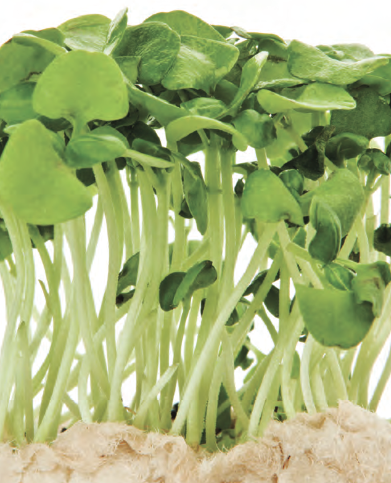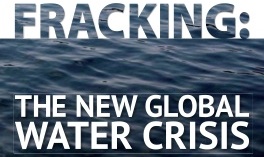 Right now, if farmers, food companies, retailers or consumers are harmed by contamination or loss of their markets, it is virtually impossible for them to recover from these damages.
Right now, if farmers, food companies, retailers or consumers are harmed by contamination or loss of their markets, it is virtually impossible for them to recover from these damages.
Neither the U.S. federal govern-ment nor EU authorities have dealt with this burden, even as the USDA continues to approve a steady stream of new GM crops for cultivation.
Regulating authorities must address the issue of liability for contamination by GM crops and require that the costs of GM contamina- tion be borne by the biotech companies that created the technology and hold the patents on these seeds.
DOWNLOAD PDF


